IMPACT: Improving flood disruPted road networks with a dynamic people-Centric digital Twins
Over the past couple of decades, flooding has significantly increased in the UK. The effects of climate change have resulted in record rainfall, which significantly disrupts road networks and transportation, causing damage to infrastructure, road closures, increased travel times, and potential economic and social impacts.
This project looked into Improving flood disruPted road networks with a dynamic people-Centric digital Twins (IMPACT), developing an innovative people-centric digital twin (DT) to evaluate the dynamic congestion risks across multiple transportation modes during flooding events.

Alison Oliver

A vision for trusted research for the future: Highlights from the DAFNI-DINI showcase
On 12th March 2025, the DAFNI Programme held a showcase event for the data sharing project ‘Data Infrastructure for National Infrastructure’ (DINI), held in person at Satelitte Applications Catapult at Harwell Campus. The purpose of the event was to showcase the DAFNI-DINI project work, including the project use cases, workshops, champions and discuss the project results and recommendations. The project is part of an exciting programme of work driven by the Department for Science, Innovation and Technology (DSIT), aiming at better and safer use of data in research, with the DAFNI-DINI project funded by UK Research and Innovation (UKRI)’s Digital Research Infrastructure programme.

Alison Oliver
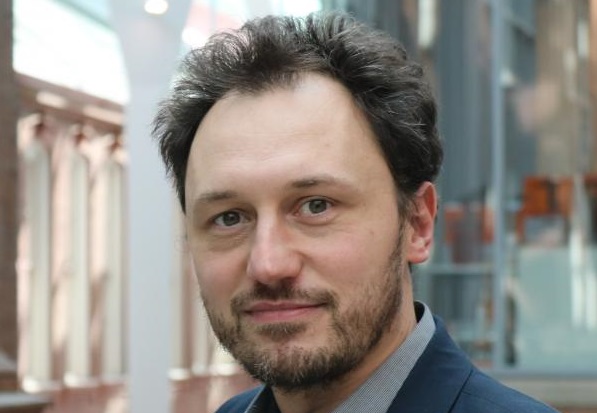
Harnessing quasi real-time data for improved transport data outcomes
The project aimed to better understand the operational environment, challenges and best practices associated with quasi-real-time data, and to identify barriers to the acquisition and effective use of this type of data for land transport modes such as cars, lorries and public transport. The impacts are broad, ranging from quickly informing consumers about bus and tram waiting times, to enabling more dynamic traffic management.

Catherine Dhanjal

BRINES (Building Risk-Informed Redundancy for Net-Zero Energy Systems)
The BRINES project, led by Dr Hannah Bloomfield, Newcastle University, studied the challenging question of whether our present and future energy systems are prepared, and how to manage them during these weather-driven periods of stress on the networks.

Catherine Dhanjal
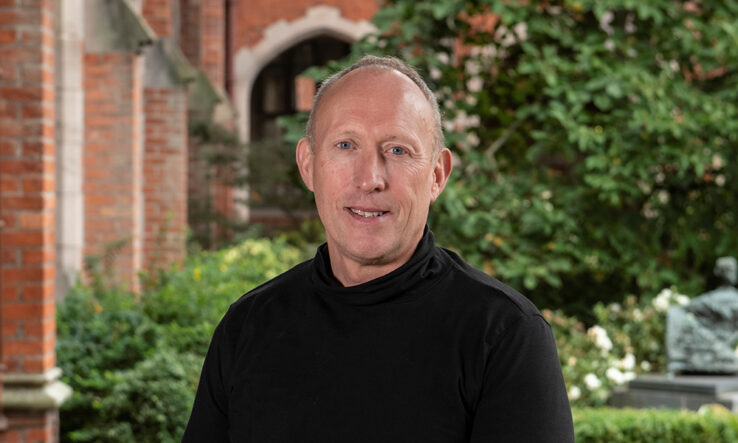
“Data provides us with greatest lever to improve economic growth”: Interview with Chief Scientific Adviser Chris Johnson
We recently met with Chris Johnson, Chief Scientific Adviser to the UK government’s Department for Science, Innovation and Technology (DSIT), to discuss the importance of data management and accessibility for UK growth.

Catherine Dhanjal
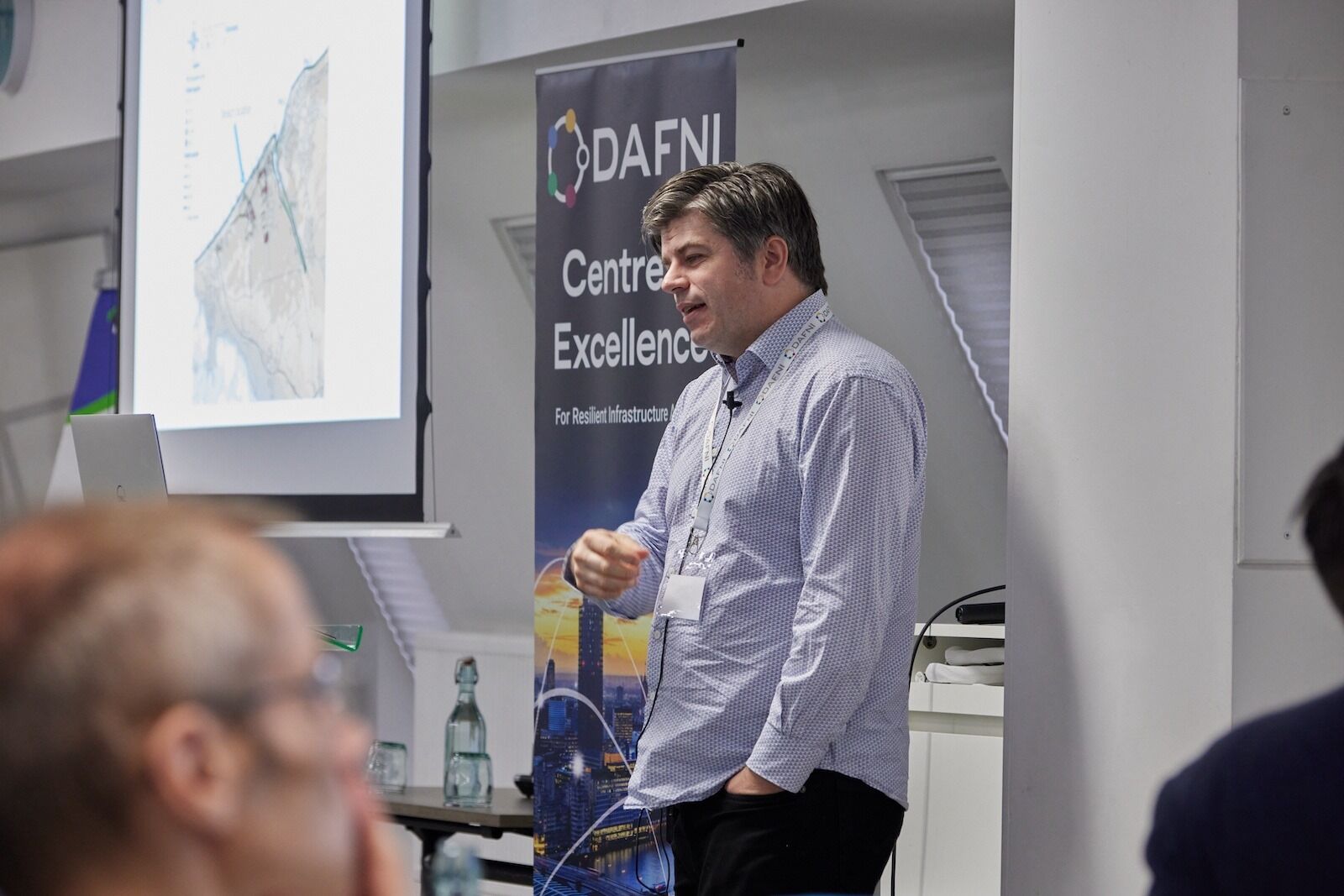
FIRM: Flood Resilience Simulation Model on DAFNI
The FIRM Flood Infrastructure Resilience Model simulates flooding and the human response to flood events. That human behaviour element, and the interactions between people and flooding, is the key distinguishing feature of FIRM.
FIRM can be used to explore flood events of different magnitude and test the effect of choices people make in response to extreme weather events, in order to model how people are likely to be exposed to dangerous depths and speeds of water.

Catherine Dhanjal
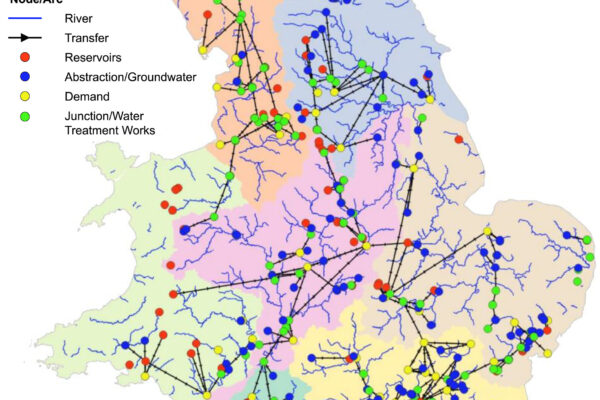
National Water Resources Modelling on DAFNI
DAFNI has been working with the Environment Agency on a web-based visualisation tool to help them evaluate their national water resources modelling, improve their understanding of infrastructure resilience, and communicate results with stakeholders. David Pritchard from the Agency’s National Appraisal Unit presented the project at a DAFNI webinar on 20th November 2024.

Alison Oliver
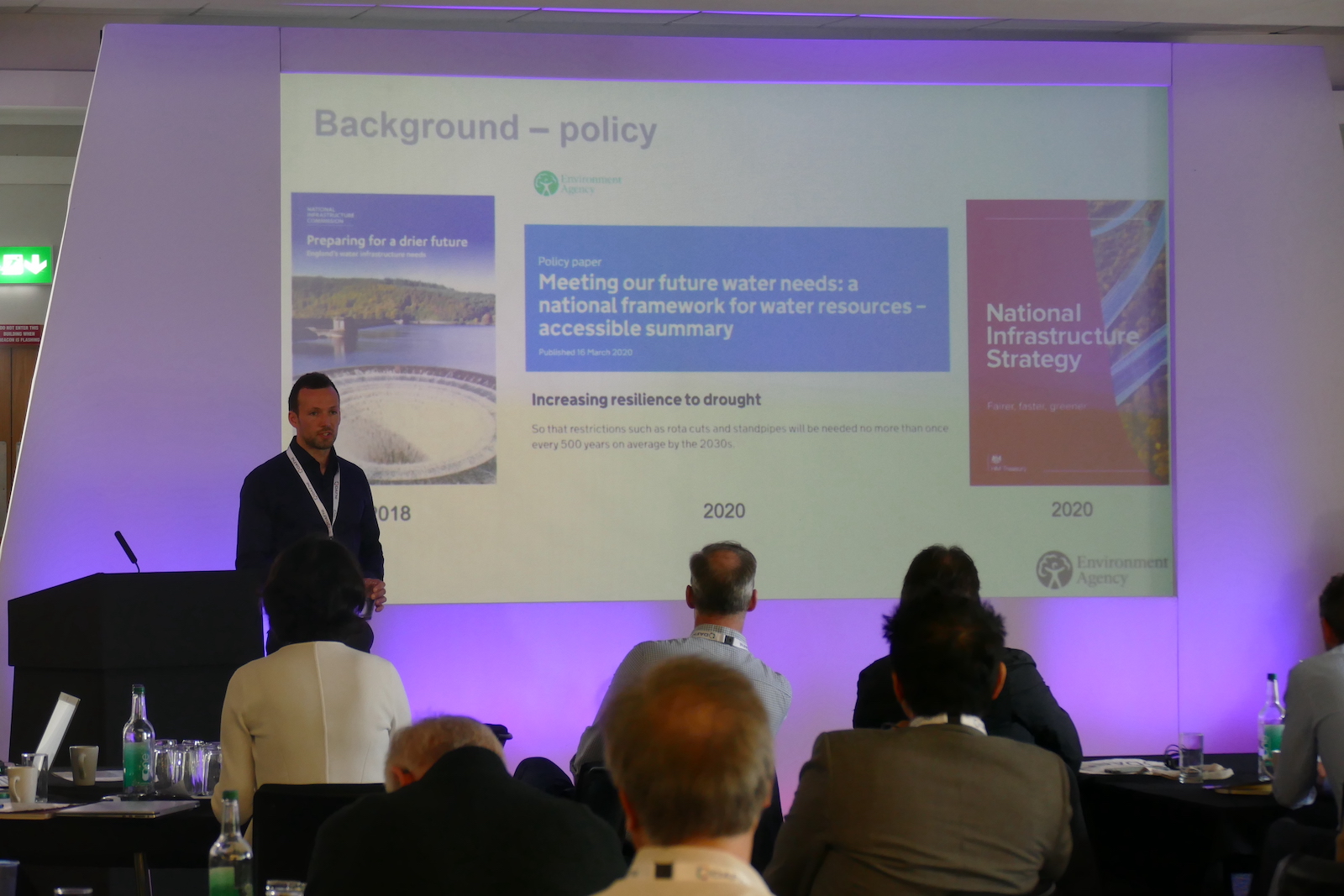
How the DAFNI platform supports water modelling in the UK
At the DAFNI Conference 2022, Dr Jonny Wilson, Water Resources Modelling Lead at The Environment Agency, introduced an ambitious national scale water modelling project involving regulators, academic researchers and consultants.
The collaboration and modelling for the National Systems Simulation Modelling is taking place on DAFNI and allows the team to collaborate virtually, streamline workflows, avoid duplication of data storage, and run multiple scenarios in a much more efficient way.

Jonny Wilson
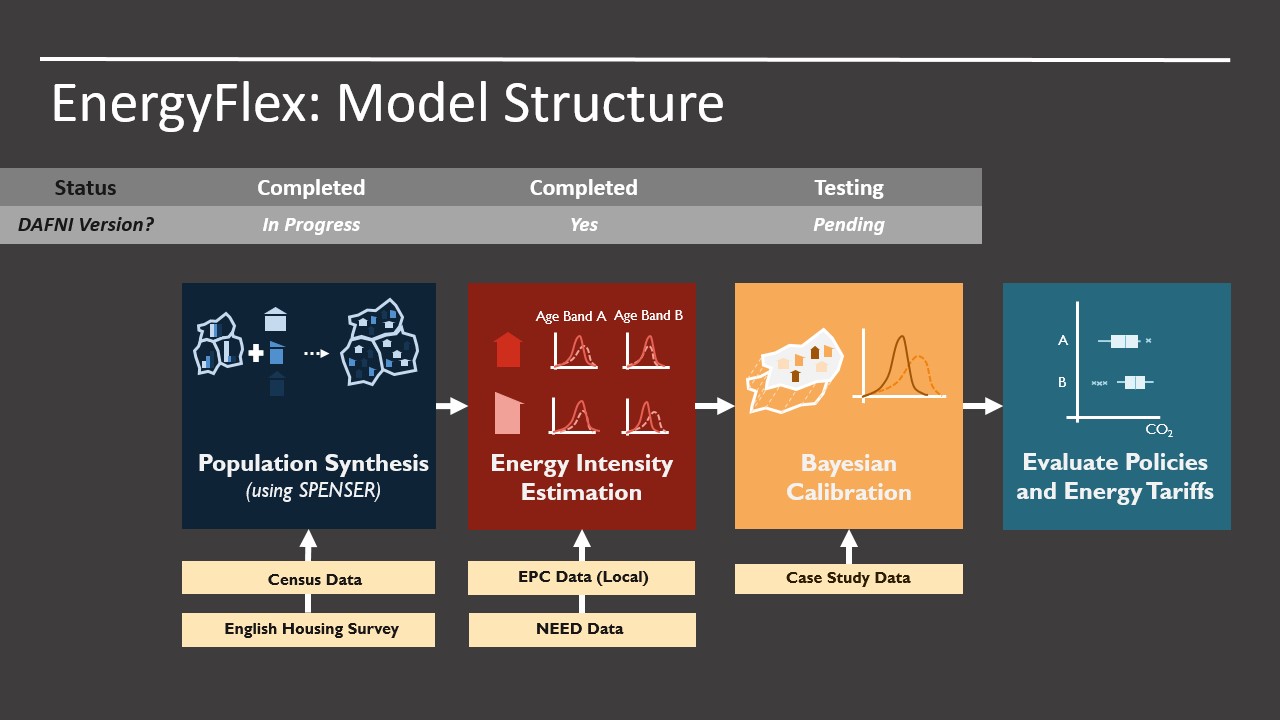
A flexible approach to local energy modelling
At the DAFNI Conference 2022, Dr André Neto-Bradley introduced EnergyFlex, a microsimulation model that uses public data to synthetise a representative housing stock for any local authority, and allows users to estimate energy efficiency and characteristics of the housing stock in the area.
The model has been run using DAFNI and the outputs can be used to locally tailor and target energy efficiency and decarbonisation efforts.

André Neto-Bradley

DAFNI Conference 2022 showcases environmental impacts
At this year’s DAFNI Conference on 5th July 2022, we welcomed the return of in-person meetings with a cohort of up to 70 delegates at our Manchester University venue, complemented by just under 100 online delegates who joined from around the world via Zoom.
The conference theme of ‘environmental impacts’ highlighted the Data & Analytics Platform for National Infrastructure’s pivotal role in climate related and infrastructure projects.

Catherine Dhanjal

Infrastructure must improve people’s way of life
On 25th February the Oxford Martin School hosted the latest in their enthralling series of events on ‘building back better’ post-Covid.
Focusing this time on infrastructure’s role, Professor Jim Hall, chair of DAFNI governance board and Sir John Armitt of the National Infrastructure Commission held an incredibly impressive and wide-ranging conversation on the UK’s infrastructure systems, the goal of achieving net zero carbon emissions, and the government’s commitment to levelling up in terms of geographical and social inequalities.

Jim Hall
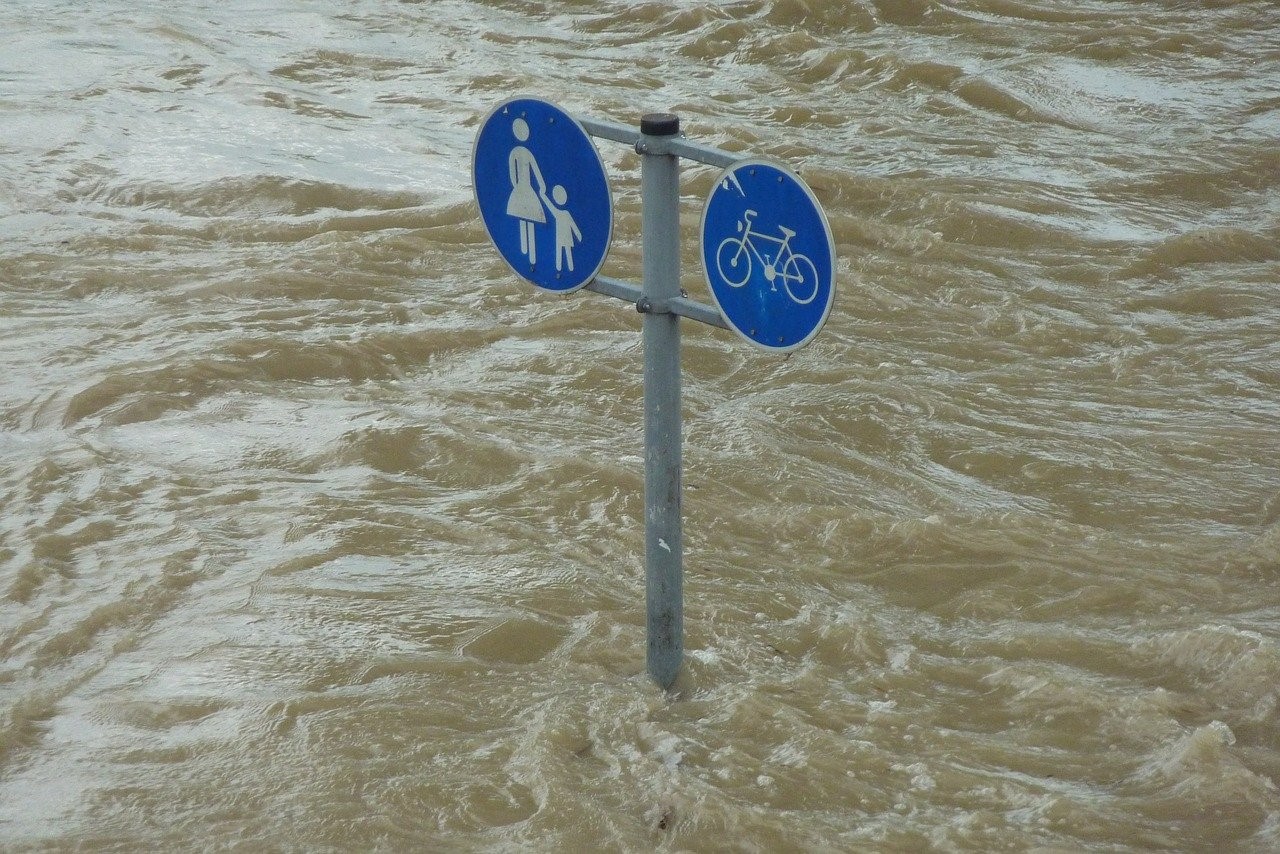
Fergus McClean, Newcastle University
In a special interview Fergus McClean shares his experience of using DAFNI. He is a research associate at Newcastle University working on surface water flood modelling as part of a UK Climate Resilience Programme funded project called Open Climate Impact Framework (OpenCLIM). He also works on flooding-related projects around the world, including in Uganda (Science for Humanitarian Emergencies and Resilience) and Malaysia (Techno-Economic framework for Resilient and Sustainable Electrification). His research focus is on flood impacts and model sensitivity analysis.

Fergus McClean
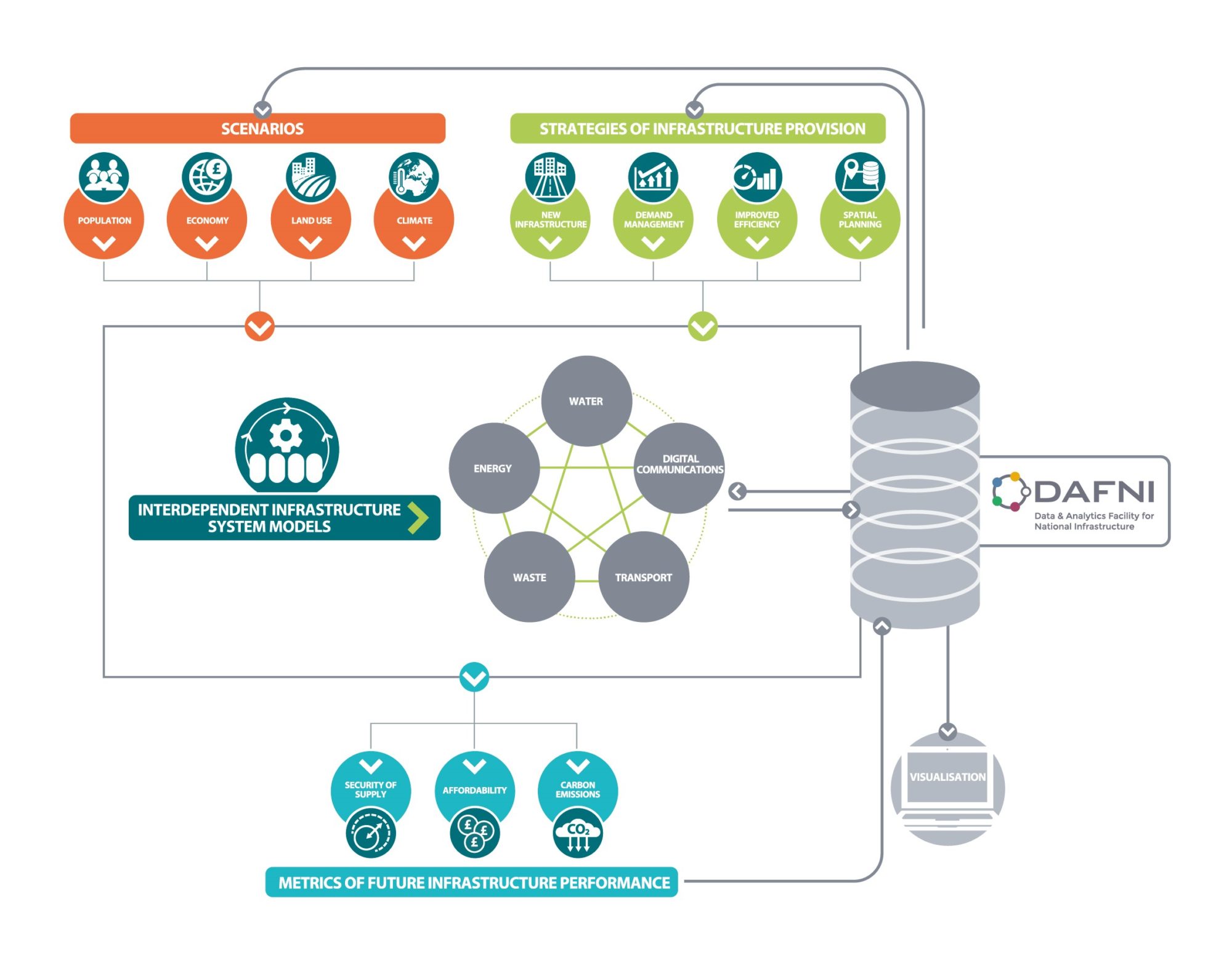
ITRC’s NISMOD moves on to DAFNI’S next-generation computing platform, ushering in an exiting new phase of collaboration and development
Catherine Dhanjal writes about the importance of NISMOD moving onto DAFNI and the highlights of the event on 21st January 2021 that celebrated it.

Catherine Dhanjal

Craig Robson, Newcastle University
Super user Craig Robson’s experiences of using DAFNI
Craig Robson writes about his experience of using DAFNI. He is a Research Associate of the School of Engineering at the Newcastle University. He has worked across a range of projects related to complex networks, infrastructure network resilience, spatial data management and data visualisation. Awarded a PhD in 2017 from Newcastle University entitled ‘Robustness of Hierarchical Spatial Critical Infrastructure Networks’, focused on the resilience of critical spatial infrastructures to geographic hazards, developing the required analytical methods and associated data management architectures.

Craig Robson
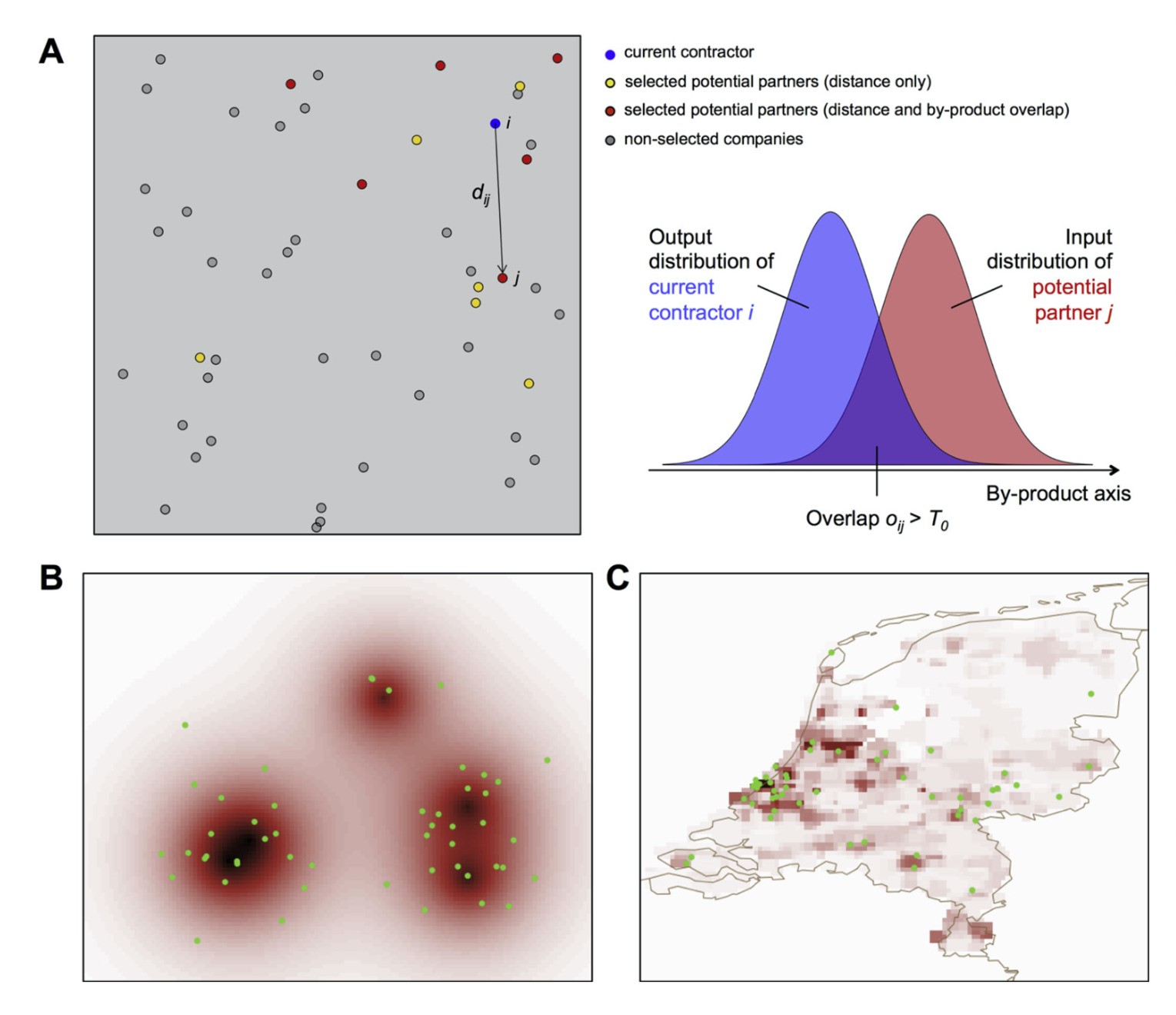
DAFNI Champion – Juste Raimbault, UCL
Preventing disease spread on public transport
Juste is based at the Center for Advanced Spatial Analysis (CASA) at University College London (UCL) and his work as a Champion for DAFNI involves integrating the MATSim multi-agent transport simulation framework into DAFNI. He will develop the MATSim model to apply it to the current Covid crisis, using the EpiSim model to add pandemic indicators to travel indicators and to model them on DAFNI.
His aim is to have a generic multimodal transport model which can be applied to any UK city. Ultimately, he aims to use the EpiSim variant of MATSim to integrate epidemiological indicators into the transport system modelling, enabling users to test policies and interventions to limit disease spread on public transport.

Juste Raimbault

DAFNI Champion – Simon Jude, Cranfield University
DAFNI’s interaction with the Cranfield Living Laboratory and Urban Observatory
Simon is based at Cranfield University, in the School of Water, Energy and Environment. Within that theme he’s based in the Centre for Environmental and Agri-informatics where he leads a group focusing on risk and decision making.
He also leads Cranfield’s Urban Observatory, which is somewhat unusual in that it’s in a rural location and is a self-contained microcosm of a city with its own airport, and infrastructure, including a water treatment plant and solar farm.
His work as a DAFNI Champion involves developing a pilot Digital Twin using DAFNI to link real-time and near real-time water quality data from Cranfield Urban Observatory and the National Water and Water Treatment Test Facility.

Simon Jude

DAFNI Champion – Adrian Hickford, University of Southampton
Adrian Hickford explains the scope of his work as a DAFNI champion.

Adrian Hickford

DAFNI Champion – Lauren McMillan, UCL
Lauren McMillan explains the scope of her work as a DAFNI champion.

Lauren McMillan

DAFNI Champion – Andrey Postnikov, UCL
Andrey Postnikov explains the scope of his work as a DAFNI champion.

Andrey Postnikov

DAFNI Champion – Cristian Genes, University of Sheffield
Cristian Genes explains the scope of his work as a DAFNI champion.

Cristian Genes

Meet the DAFNI Champions
Marion Samler, Partnership Manager, introduces the DAFNI champions programme.

Marion Samler
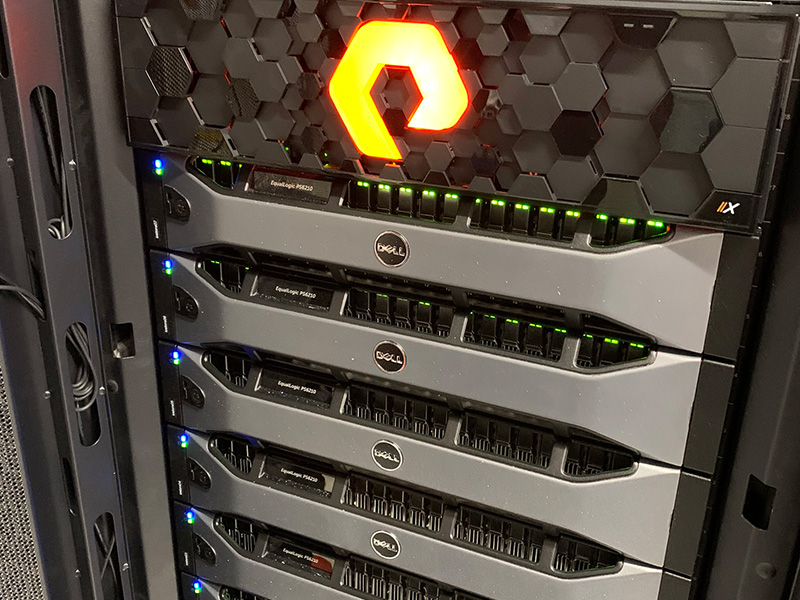
The DAFNI platform now has over 2PB of storage
James Hannah, DAFNI Linux Systems and Service Manager, explains what hardware has been procured for DAFNI

James Hannah

What you can do on DAFNI
Tom Gowland, DAFNI Pilot Lead and Software Engineer, explains what can be done on DAFNI

Tom Gowland

DAFNI’s data roadmap
Noel Vizcaino, DAFNI’s research software engineer, explains the strategy behind DAFNI’s data roadmap
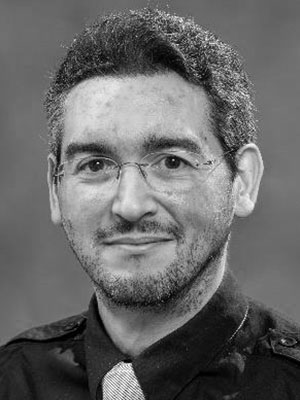
Noel Vizcaino

Introducing DAFNI’s Security Service
Pete Feeney, DAFNI’s security engineer, explains why security is at the heart of DAFNI.
Pete Feeney

Automated demand forecasting model for new local train stations
Dr Simon Blainey, Associate Professor in Transportation at the University of Southampton, explains how this new model makes demand forecasting faster, cheaper and more accurate.

Dr Simon Blainey
Interested in collaborating with DAFNI?
If you would be interested in using DAFNI, would like to access Data on DAFNI or involve us in a new project, we would like to hear from you. Please complete your details on the contact form using the link and we will be in contact with you by email.
